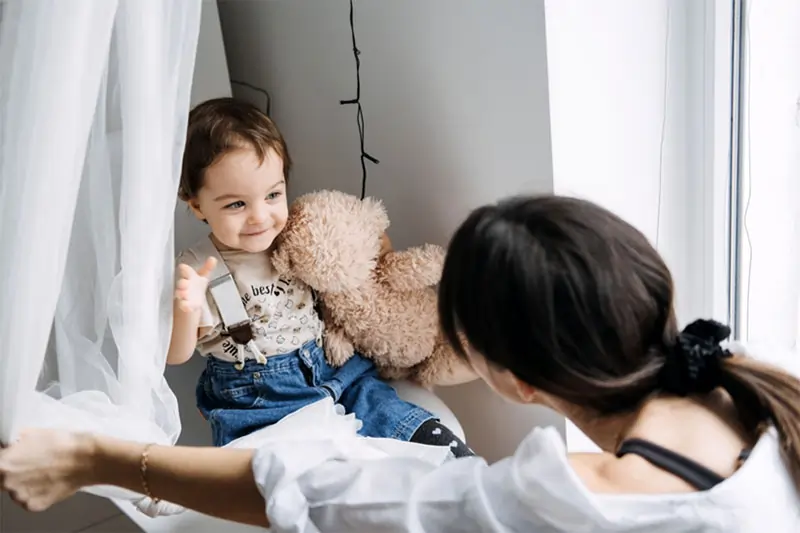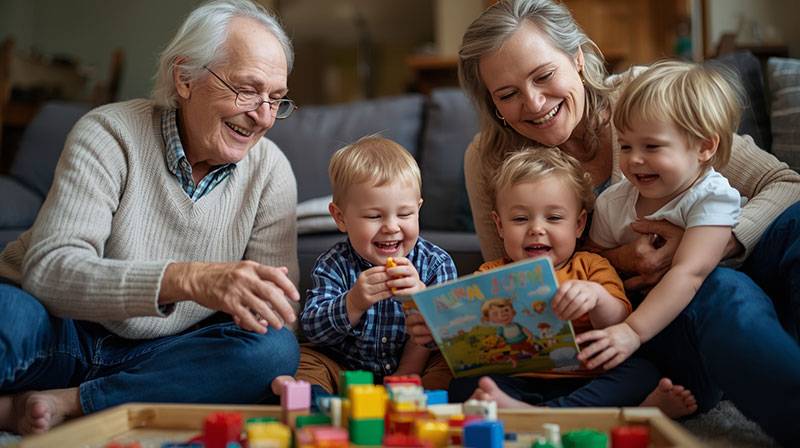Attachment Styles in Children: What Every Parent Should Know
Being a mom of two, I understand what it means for kids to have a special bond with their parents. It takes me back to my own childhood, when I used to crave my parents’ attention.
Fast forward to today, with two little ones clinging to my legs; I want to assure them that I’m always here for them, no matter what. As a mom who’s always a little too concerned, I recently learned that toddlers and children tend to develop different attachment styles. This sent me down a rabbit hole of research. I dug deep into each style and eventually figured out which ones my kids fall under. In my own childhood, I had an anxious attachment style, and now, as a parent, I’m doing everything I can to make sure my children don’t carry the same patterns. So, what are these attachment styles in children? There are four main types, and in this blog guide, I’ll break down each one in detail, so you, too, can get a clearer picture of what your little munchkins might be feeling.
The attachment styles that children tend to develop over time are:
- Secure attachment style
- Ambivalent attachment style
- Avoidant attachment style
- Disorganized attachment style
Attachment Theory Basics
The framework of how human emotions work and develop attachment is known as attachment theory. It was proposed by John Bowlby, a British psychologist and psychoanalyst, in the late 1950s. This theory simply states that humans, especially as infants, look out for connections with other human beings and seek comfort. Basically, this attachment or connection provides them with the ultimate protection.
With the passage of time, his colleague Mary Ainsworth expanded on his work through her famous Strange Situation study, and laid the groundwork for the four main attachment styles we recognize today: secure, anxious, avoidant, and disorganized.
Let’s dig into the details of infant attachment styles.
Secure Attachment Style
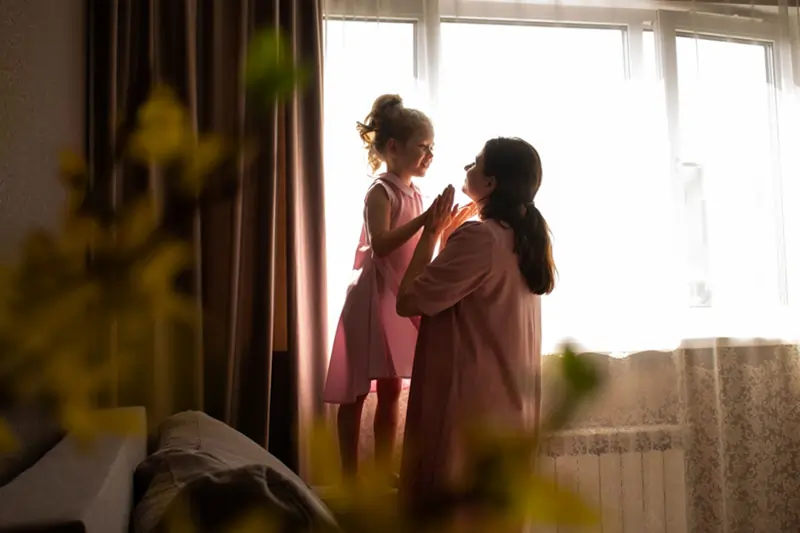
The first one and probably the one we all hope for, no?
See, every individual has two types of needs: physical and emotional. And when an infant is growing up, he learns from the patterns he observes and experiences. So, here’s the deal: if a parent, either mom or dad, consistently fulfills the emotional and physical needs of their little one, they will more likely develop a secure attachment style.
As the name implies, secure attachment style has:
- Constant emotional availability
- Validation of emotions
- Parents listen, not just hear
- Children feel a safe space while talking to their parents
- Trust is built over time by repeated patterns of reliable interactions
If a caregiver provides all this to their children, it’s a sign of a healthy attachment. But, unfortunately, this isn’t always true. As I grew up, I noticed how families work, and sadly, there is a cycle of passing on generational insecurities and traumas to their kids. I get that everyone has their story, but as a parent, we owe a healthy childhood to our kids, right? As secure attachment style is all about being consistently responsive, it’s advised to practice it for the mental well-being of your little ones.
What I Noticed?
There’s nothing like a perfect parent, but at least we can try, and this is what I felt when I learned about secure parenting in attachment styles for infants. It was a sigh of relief when I got to know that it’s I who can make my kid feel safe. Assuming this as my responsibility, I started opting for patterns that gave my first one the confidence that he could confide in me.
What I did was:
- Told him that he has heard it every time
- Gave him a feeling of independent connection
- Comforted him every time he needed me
- Their emotions are valid
After some time, I started noticing positive signs. My little one reached out to me for comfort. It was a win-win.
What can you do?
I would suggest some tips that can help you if you want to strengthen your bond with your child.
- Cuddle with them
- Hear their day stories
- Validate their feelings
- Regulate their emotions
- Comfort them
Ambivalent or Anxious Attachment
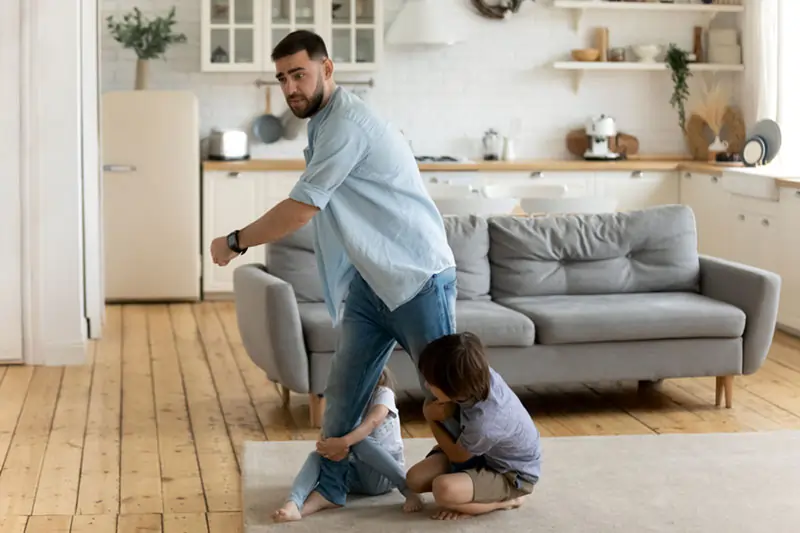
Sadly, this one is observed more often than needed to.
One thing that you might not know is that infants and children behave differently with everyone, and it depends on the type of attachment style they have. They won’t act in one certain way in front of everyone. Now, if you are learning about parenting, one thing should be made clear: ambivalent attachment style in parenting is when caregivers might not be able to fulfill the emotional and physical needs of their little ones.
It reminds me of my own childhood. I had anxious attachment, and I wasn’t quite sure of what to expect from my parents. Sometimes, my mother would listen to my rants with all ears, and other times, she wouldn’t even validate my emotions. Put it simply, the kid feels anxious if separated from their parent, but might not be comforted even when met with them.
This type of attachment also happens as a result of newborn separation anxiety, making a child hyper-alert, constantly fearing disconnection.
For this specific attachment style, the kid’s needs are never met, or they never feel like they are getting enough. They constantly crave attention.
Seriously, this attachment style is totally a reflection of my childhood, and I was afraid that my child would come up with the same pattern.
What I Noticed?
I was never able to label what I felt during my childhood, and now that I know, I felt this same pattern in my second kid for a while. I was quite distressed, mothers can relate: motherhood is all about sacrificing and putting your children first. Well, this is what I noticed:
- Ignoring the kid
- Inconsistent caregiving
- Overlooking emotional needs
- Confusing comfort
- Hesitant and delayed responses
Quite distressed and not sure of what to do, I started with: “Hey, my little munchkin, I am always here, don’t worry. You can always come to me.”
Coming from a personal experience, it helped me a lot. This might seem like a small sentence, but this reassurance built confidence in my kid, and I started noticing that he’d come to me over minor inconveniences.
What can you do?
I understand this is a very strange situation, but you can still work on some damage control if your little one is exhibiting signs of separation anxiety.
- Reassure them more often: it gives them confidence
- Be patient
- Make sure your responses as a parent are primarily positive
- Make them feel heard
Moms! I totally feel that if you’ve had this attachment style in your early childhood, but let’s try not to pass it to our little ones, right?
Before I discuss another attachment style, I want to tell you something that this type of attachment is built only when children don’t know what to expect, so predictability gives them calm. You can also start with something that offers them a similar experience, and baby towels are one of them. A simple thing, such as a baby towel, might add comfort and offer predictability to your child. If you are not sure which baby towel might be their best fit, check out this guide. You will not regret going through it. This blog guide covers every top pick for a baby towel. Try stuff like these, make them familiar with things and emotions, and you’ll feel a difference.
Avoidant Attachment Style
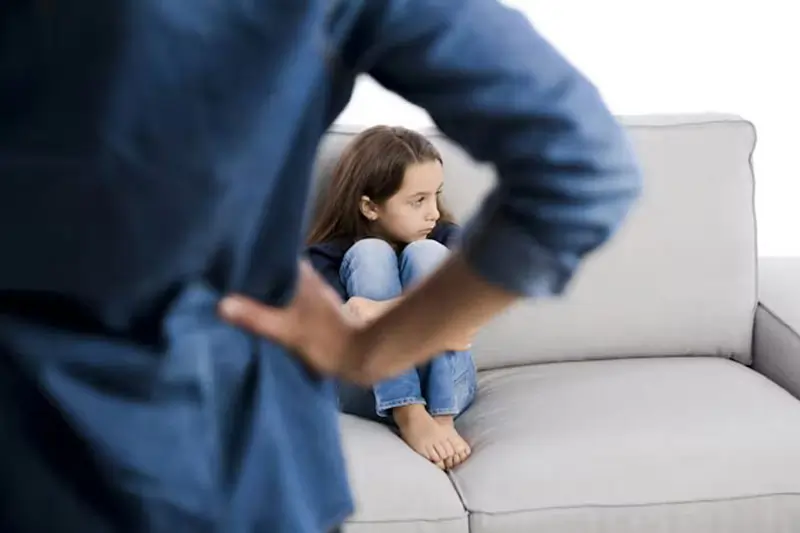
Quite a confusing one, your child might not seek emotional validation and support, but deep inside, they need it.
Also known as dismissive or avoidant attachment style, this is complex than you think. What happens here is that your kid doesn’t show any excitement or emotion when the primary caregiver returns. They observe patterns and learn to detach themselves from their parents, eventually developing more of an independent style. This shows that your parenting style matters a lot. It is one of those attachment styles in infants where your child won’t crave attention, won’t shed tears when you leave them. However, the truth is that your child has learned not to rely on others.
The reason for this potential distrust might result from a trauma, unpleasant occurrences in their environment, which makes them distant from their parents.
What I Noticed?
I was quite intrigued and still feared that any of my children would start developing this avoidant attachment type in their childhood. I went down the rabbit hole, and this is what I learned.
- Pushing your child to be tough
- Relying too much on independence
- Encouraging your child to suppress their feelings
- Little to no physical affection, skin-to-skin contact
Noticing any of these signs? It’s time to do everything you can to make their early childhood filled with happy memories.
What can you do?
No parent wants to see their kid being distant; it’s one of the worst feelings. That’s why I recommend working on these small tips; they might be helpful.
- Start by validating their feelings
- Small gestures and sentences of reassurance, like “I am here, I hear you,” help
- Dont make an emotional barrier and try to be available for them
- Don’t ignore if they try to babble about how their day went
- Work on physical affection (it’s comforting)
I hope that helps if you are facing this attachment style in children. Work on this and cross your fingers.
Disorganized Attachment Style
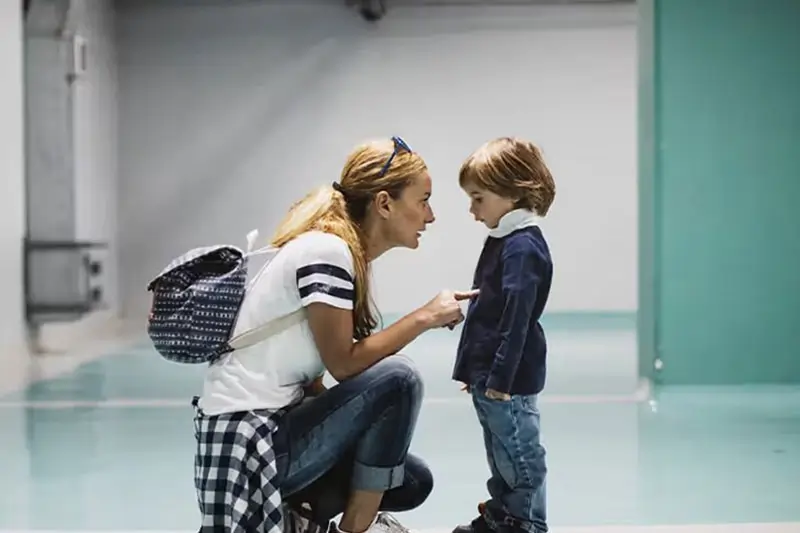
When connection feels safe and threatening at the same time.
This is the last one, and believe me, it broke my heart into so many pieces. It was saddening to me. Such attachment styles in infants are known as fearful-avoidant attachment styles. The more neglect and fear, the more likely it is for your little one to develop this attachment style in his early years of childhood.
The child might crave attention and fear attachment at the same time. You know the sadness that creeps when your kid wants comfort but fears it at the same time. Simply put, this is a disorganized attachment style. Your little one feels like being in a loop, wanting two things at the same time.
The primary reasons for these childhood attachment styles are abuse, substance use, extreme stress, or unresolved trauma of their own.
What I Noticed?
Totally understanding that this emotional confusion in a kid makes him vulnerable, constantly deciding whether they should trust or not. Here’s what I came to know about a child with patterns of disorganized attachment style.
- Constant fear of the caregiver (they don’t know whether to turn to their parents for comfort)
- Abandonment issues
- The parent himself/herself has unresolved trauma that they dump on their kids
- Observing neglect, abuse, and violence in their homes
It was heartbreaking to learn because whatever we go through should not be passed on to the kids. They deserve a happy environment. But hey, let’s not lose hope.
What can you do?
Being a parent, it’s my responsibility to share some practical tips to create a safe space. Here’s what you can and should do.
- Start by building a stable environment (less violence = safe boundaries)
- Tell your kids that they have someone to look up to.
- Don’t force your love, give them space
- Bring predictability to your routines
- Let them know that it’s totally fine to feel unsafe or scared at times
Work on these tips and you’ll start noticing a change in no time.
As I am about to wrap up my discussion, did you notice something? All of these attachment styles in children have one anchor point: Connection, and no attachment styles in infants are set in stone. You can definitely change it.
One more notable thing here is that this theory doesn’t label parents as bad or flawed; these infant attachment styles are only meant to pinpoint the “whys” to certain set patterns in children.
Key Takeaways
Here are key takeaways:
- Secure attachment style: When enough love is given and emotional needs are met
- Ambivalent or avoidant attachment style: When love feels unpredictable
- Avoidant attachment style: When emotions are ignored
- Disorganized attachment style: When reassurance and fear come from the same person.
Bottom Line
I have covered the four basic attachment styles in children. Pinpoint which one your kid is exhibiting and build a safer environment for them.

